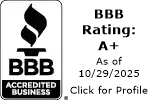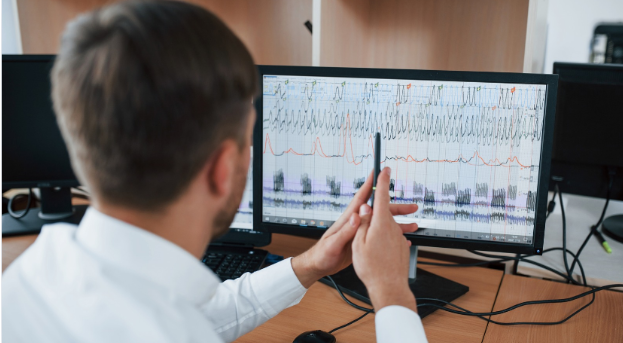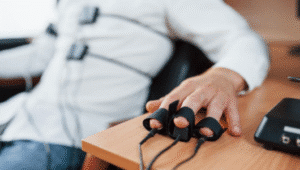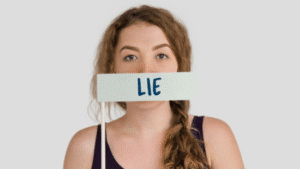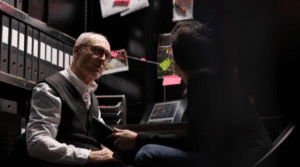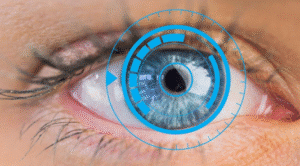Polygraph exams have been featured on television shows for nearly as long as the technique has been around. The tests have appeared on television reality series, crime thrillers, and even live interviews.
In recent years, celebrities and influencers have done an excellent job of popularizing television polygraph tests. Accomplished musician Lady Gaga and actress Jennifer Lawrence are among the most famous personalities to have recently consented to taking television lie detector tests.
Both celebrities, just like others who have been previously polygraphed on TV, asserted their truthfulness throughout the testing. Producers were also quick to certify the evaluations as accurate and reliable.
But how factual are these assertions? Can on-screen polygraphs yield accurate results?
Here’s a definitive answer to that question.

Assessing the Accuracy of Polygraph Tests
The American Polygraph Association (APA) has reviewed dozens of previous studies on the validity of polygraph tests, and the findings are quite interesting. Since 1980, the organization has published 80 research projects involving over 6,000 polygraph examinations.
Upon reviewing subsets of these studies, the APA researchers noted a significant variance in the accuracy scores. Some studies yielded impressive accuracies of 98%, whereas others turned up a score of 80%.
In light of these conflicting reports, the APA established a standard guideline for conducting reliable lie detector exams. The organization will only validate any technique used in conducting a polygraph test if that method meets at least a 90% accuracy score in specific issue testing.
While these benchmarks have been severely challenged by critics, they provide the most reliable way to vouch for the credibility of lie detector tests. That includes on-screen polygraph evaluations.
What Makes On-Screen Polygraph Tests Unreliable?
1. Absence of Qualified Examiners
Polygraph evaluations must be conducted by qualified examiners to yield accurate results.
That’s a stark contrast from on-screen lie detector tests, where the questioning role is often relegated to an unqualified third-party like the television host or a friend.
2. Failure to Review Questions in Advance Undermines Test Accuracy
Before the actual testing phase starts, the examiner must go over the test questions with the examinee. This is one of the basic prerequisites for a good polygraph exam. In order to prevent misunderstandings or needless physiological reactions that can jeopardize the accuracy of the results, it is imperative that the examinee fully comprehends each question and is not taken by surprise. This is usually accomplished via a pretest interview that takes place just a short while before the actual exam.
Unfortunately, this approach is often ignored in on-screen polygraph testing. Questions are frequently not thoroughly vetted or reviewed with the examinee in televised situations, and occasionally, anyone in the room may offer impromptu or emotionally charged questions. This distorts the data and yields outcomes that are more entertainment-driven than truth-focused, undermining the test’s core goal.
3. Audience Presence
On-screen lie detector tests often involve polygraphing individuals in front of a live audience.
However, polygraphs should strictly be conducted in enclosed settings. Not only does this provide the examinee with a sense of privacy, but it also minimizes distractions that could falsify the results.
The presence of a live audience in on-screen polygraphs is a distraction in itself.
4. Poor Adherence to Question Design Rules
On-screen lie detector tests violate certain fundamental question design rules.
One such principle requires examiners to ask a minimal number of questions (3 – 4 relevant questions). Each relevant question should be asked at least three separate times before inferring a verdict. In most television polygraphs, the emphasis is often on the number and sensitivity of questions asked.
Many on-screen lie detector tests also require the examinee to expound on their responses. That’s a direct violation of the industry’s guidelines, which stipulate that polygraph queries should attract a flat “Yes” or “No” reply.
5. Minimal Question Spacing Time
Polygraph questions should be spaced reasonably apart, typically between 20 and 25 seconds. This enables any physiological arousals caused by the previous question to dissipate before asking the following query.
During on-screen polygraphs, examinees are often bombarded with questions back to back. This can impact their reactions to each query, falsifying the test results.
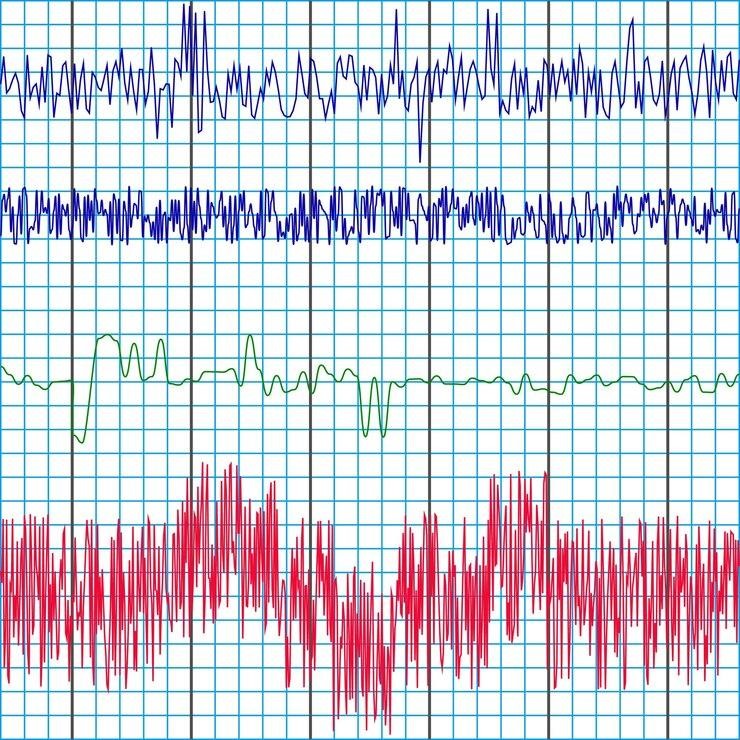
6. Shorter Test Duration
Professionally conducted lie detector tests should last 90 to 150 minutes.
Sadly, many television shows are barely 90 minutes long. That makes on-screen polygraphs even shorter and less credible.
7. Lack of Objectivity
Lie detector tests usually seek to investigate facts. Whether it’s a workplace theft, infidelity allegations, or a recent crime, polygraph evaluations deal with substantive issues.
In contrast, on-screen polygraph exams are often about opinions. Celebrities are known to take television lie detector tests to dispel wild rumors concerning impertinent issues like their sex lives, beefs, or net worth.
Inferences drawn from such exams are bound to be inaccurate and misleading.
Can On-Screen Lie Detector Tests Offer Meaningful Insights Into Polygraphy?
Polygraph tests conducted on television are often 90% entertainment and 10% informative. Therefore, it’s best to take any deductions with a grain of salt.
In most cases, on-screen lie detector tests are staged for the audience.
Even if an examinee is being truthful, television producers may still manipulate the process to align with their audiences’ expectations.
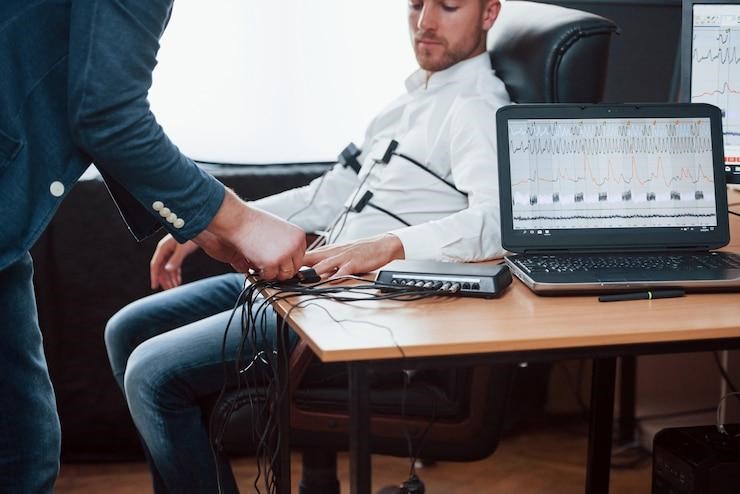
Debunking the Myths of Live Polygraph Tests
On-screen lie detector tests are typically inaccurate due to the gross violations of polygraph rules.
Notably, polygraphs can never be accurate if administered before an audience. That’s regardless of whether it’s conducted in front of a live audience on a television reality show or air.
Another factor that diminishes the reliability of on-screen lie detector tests is the lack of necessary steps/protocols involved. Usually, an examinee is ambushed with a set of questions. This can trigger unnatural reactions to the physiological responses typically targeted by polygraph machines, falsifying the test results.
Most importantly, on-screen polygraphs are often staged for entertainment rather than truth-finding purposes. That makes the findings inherently inaccurate, even if the examinee is being 100% truthful.

